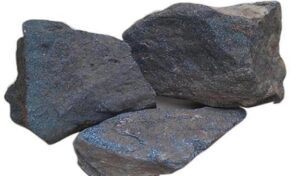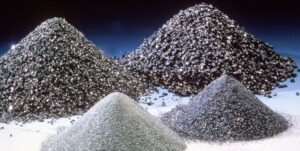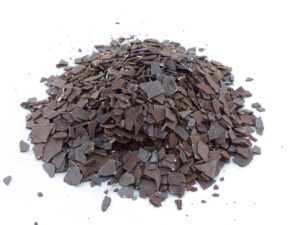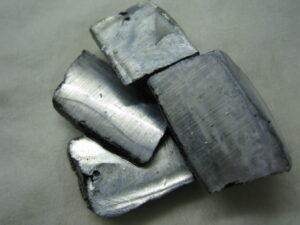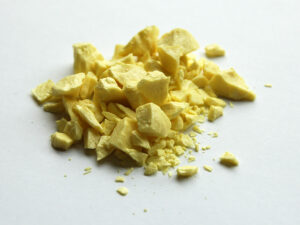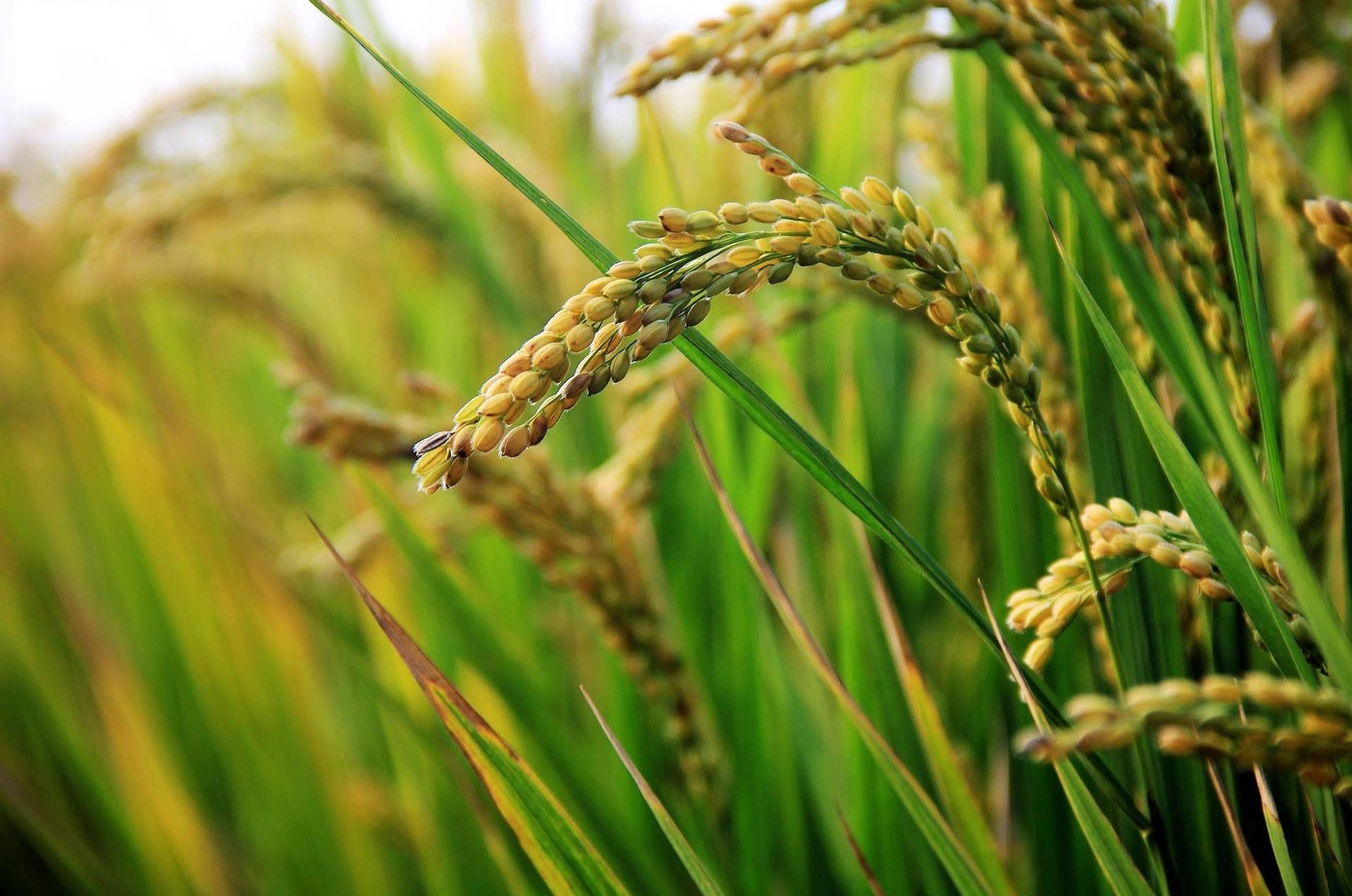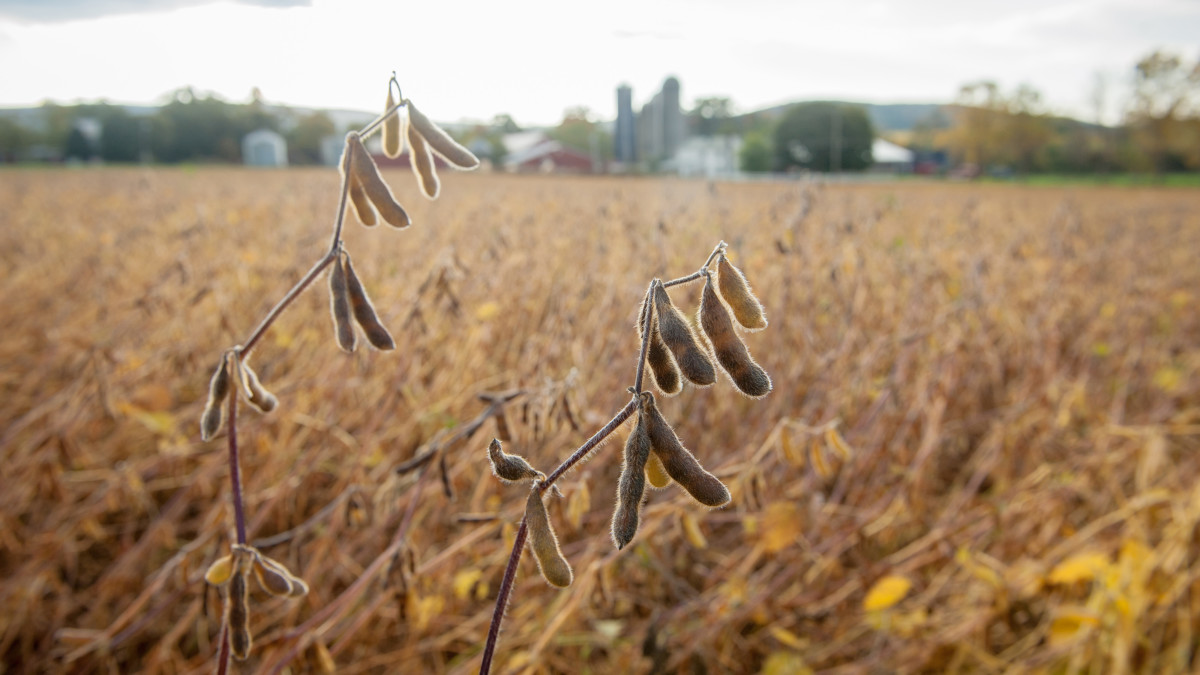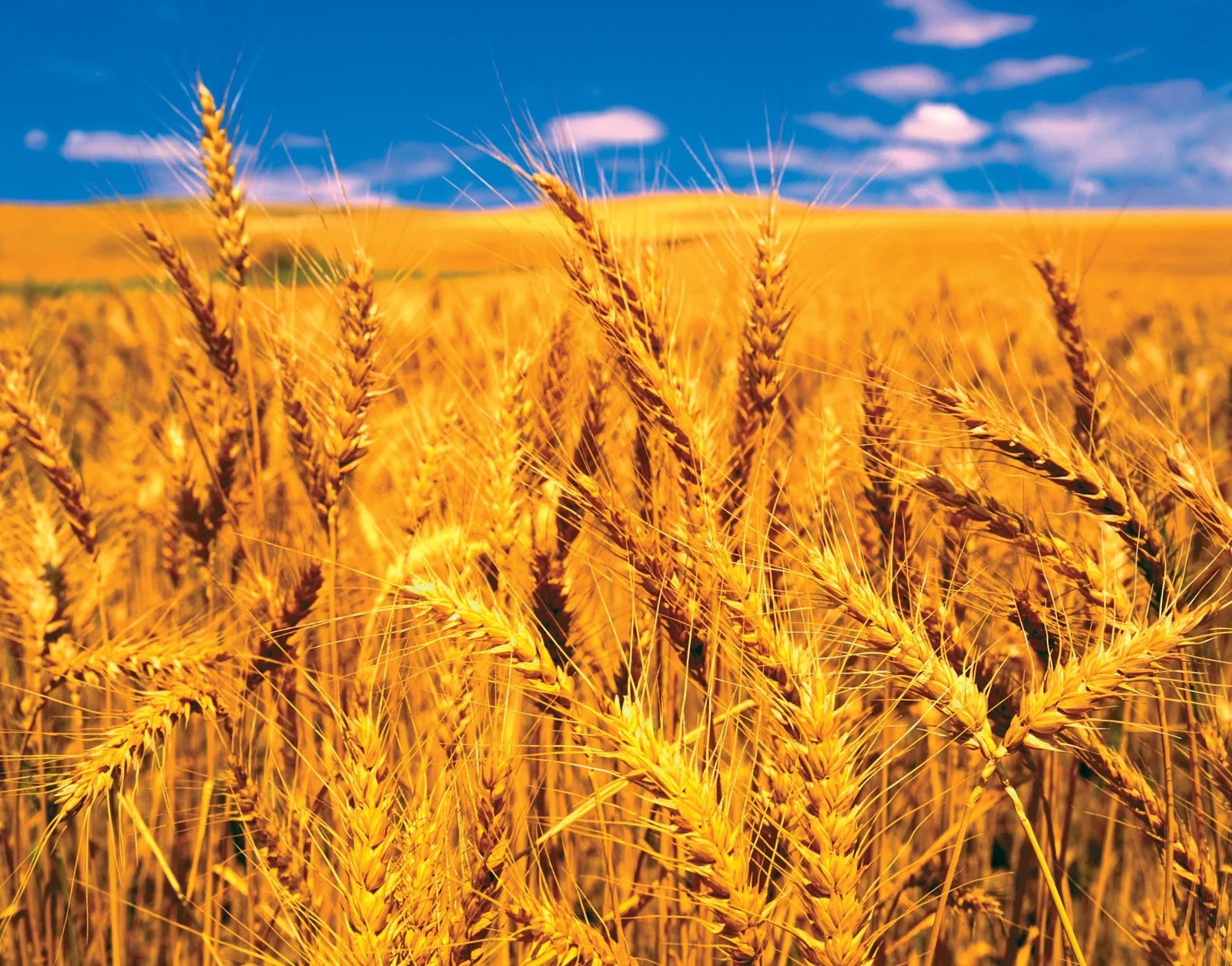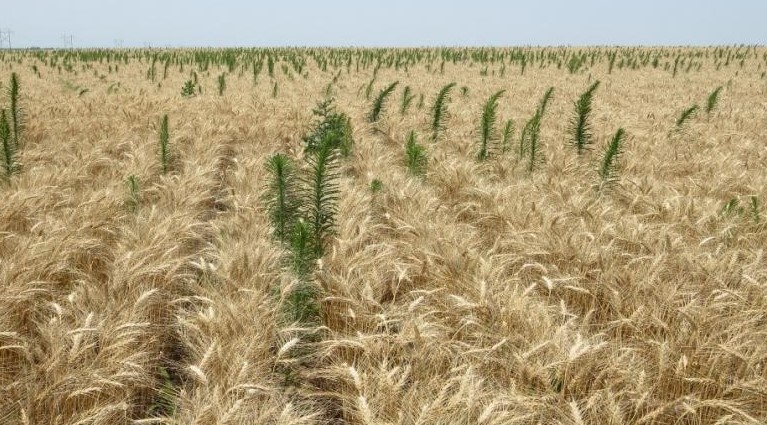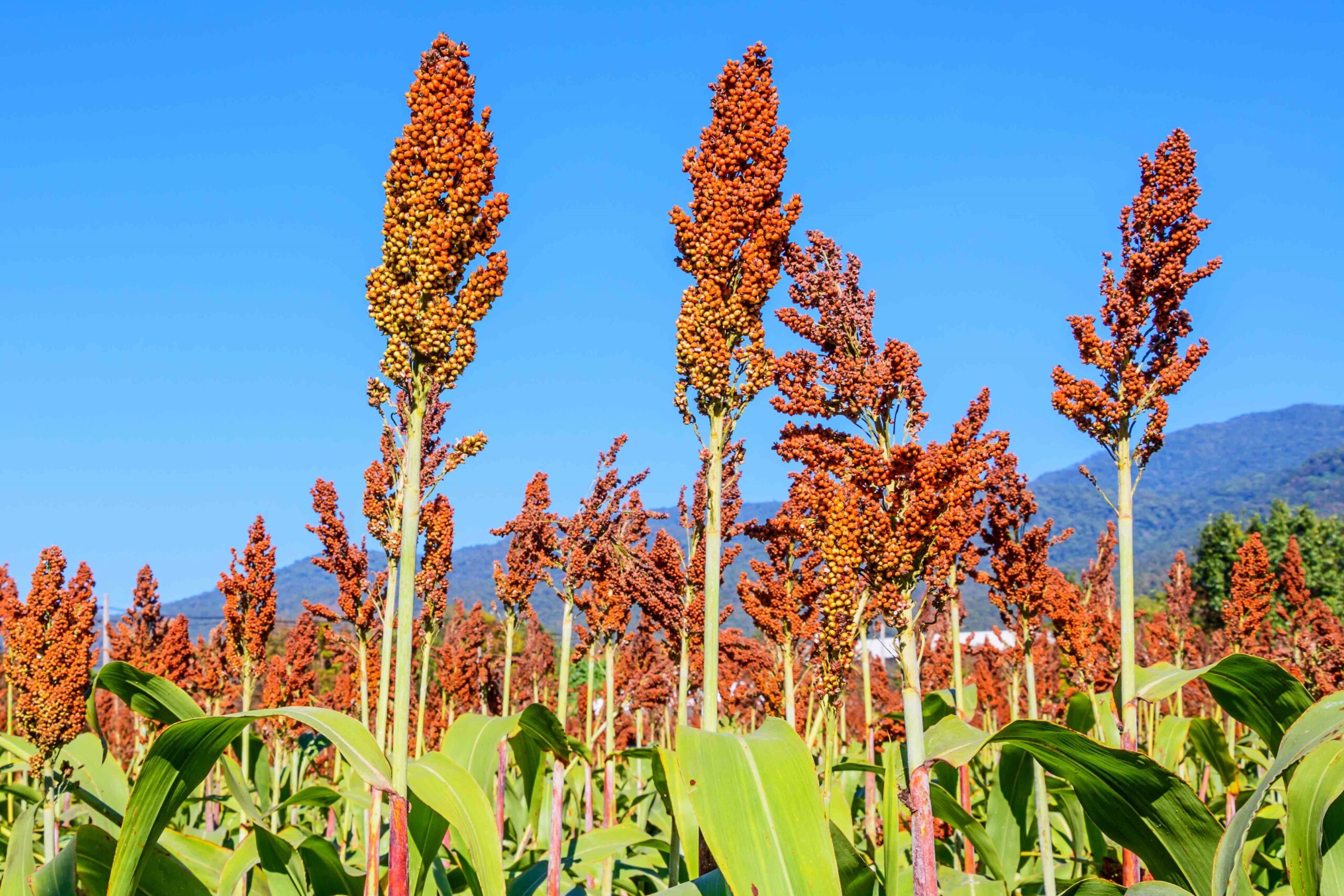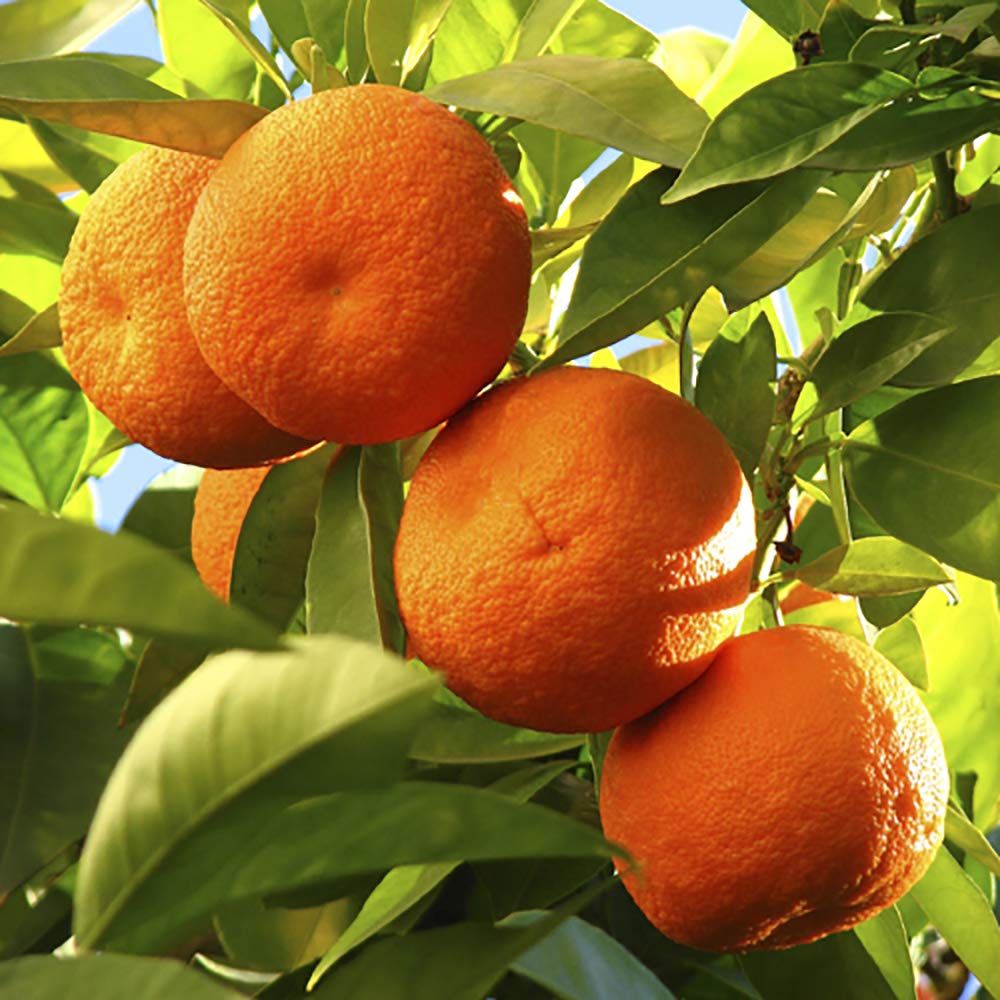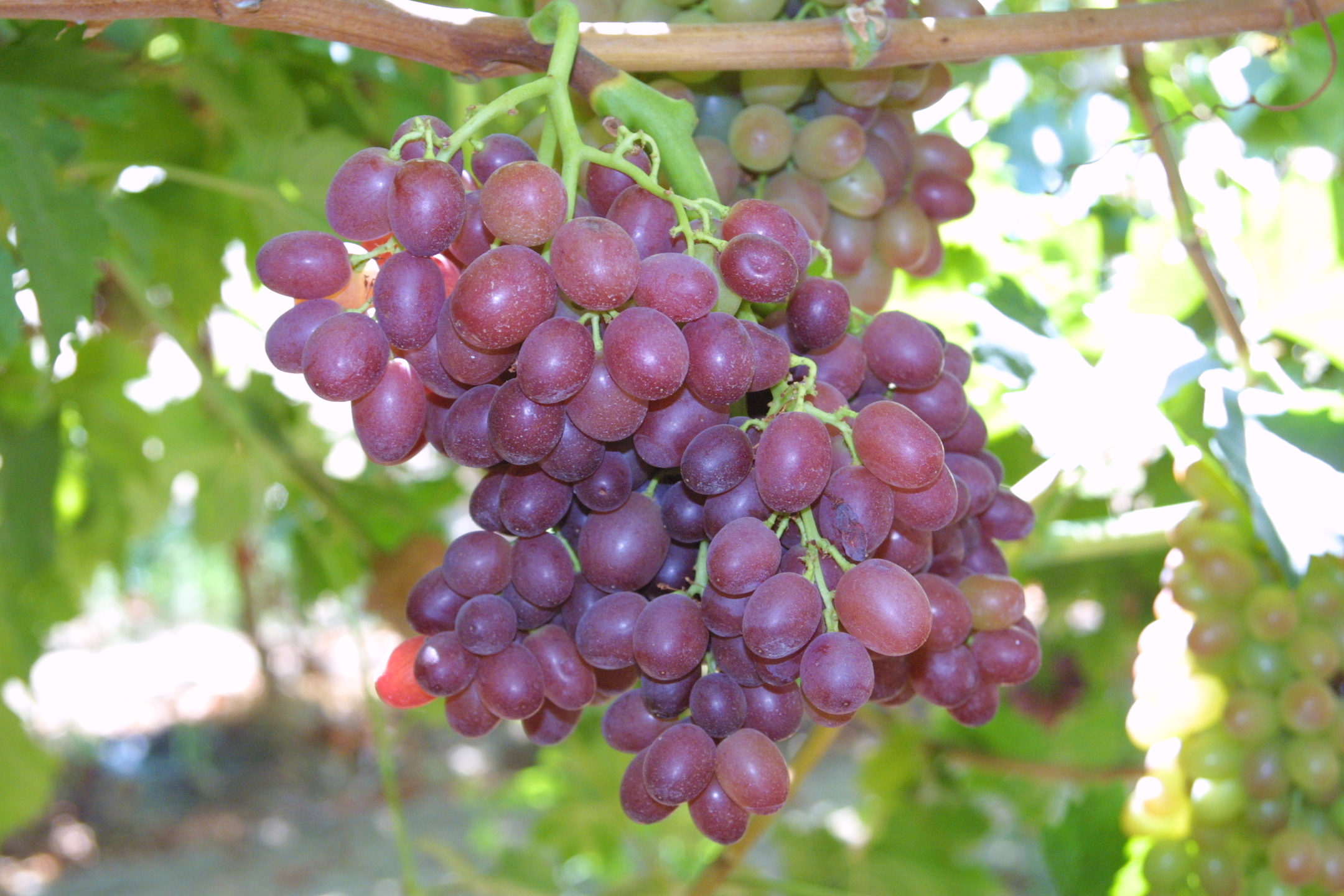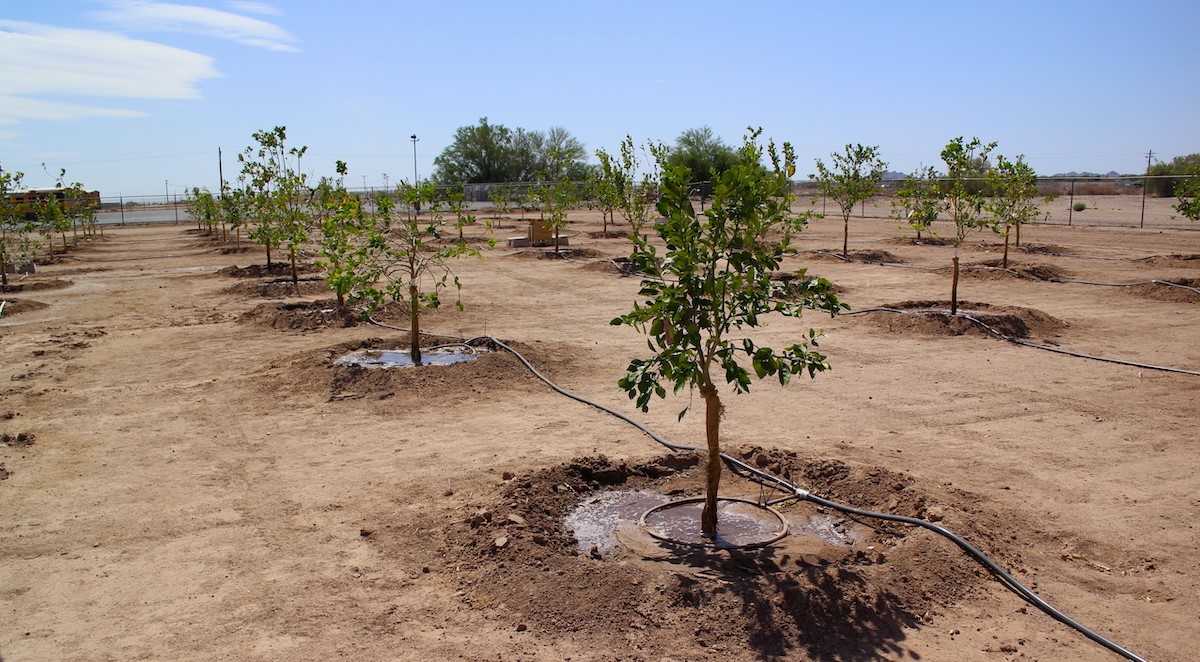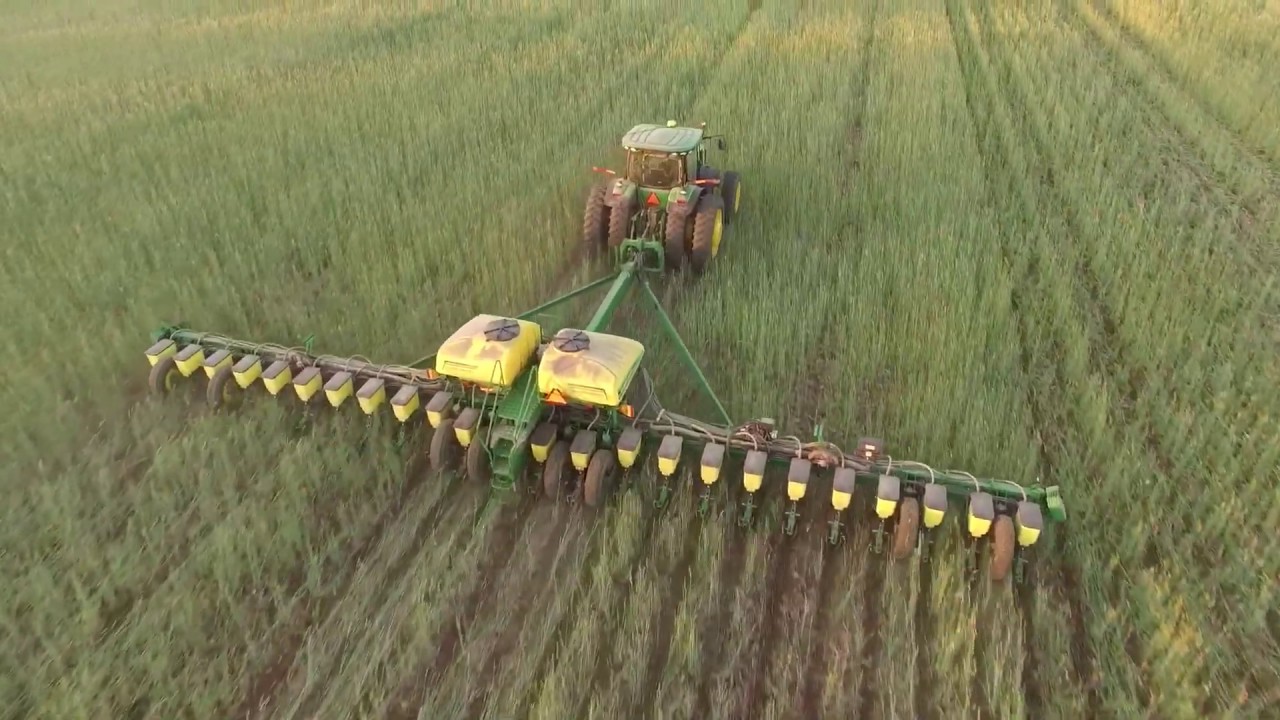Whether it’s turf grass or cash crops and everything in between, we provide the best and latest information about what, how, and when to add to your soil root zone for the best results.
Understanding Macro- and Micro-nutrients
Plant nutrition is the study of the chemical elements and compounds necessary for plant growth, plant metabolism and their external supply. In its absence the plant is unable to complete a normal life cycle, or that the element is part of some essential plant constituent or metabolite. This is in accordance with Justus von Liebig’s law of the minimum. You can read about it here.
The total essential plant nutrients include seventeen different elements: carbon, oxygen and hydrogen which are absorbed from the air, whereas other nutrients including nitrogen are typically obtained from the soil.
- Macronutrients: nitrogen (N), phosphorus (P), potassium (K), calcium (Ca), sulfur (S), magnesium (Mg), carbon (C), oxygen (O), hydrogen (H)
- Micronutrients (or trace minerals): iron (Fe), boron (B), chlorine (Cl), manganese (Mn), zinc (Zn), copper (Cu), molybdenum (Mo), nickel (Ni)
These elements stay beneath soil, so plants consume these elements as ions.
Most soil conditions across the world can provide plants adapted to that climate and soil with sufficient nutrition for a complete life cycle, without the addition of nutrients as fertilizer. However, if the soil is cropped it is necessary to artificially modify soil fertility through the addition of fertilizer to promote vigorous growth and increase or sustain yield. This is done because, even with adequate water and light, nutrient deficiency can limit growth and crop yield.
Naturally Occurring Nutrients
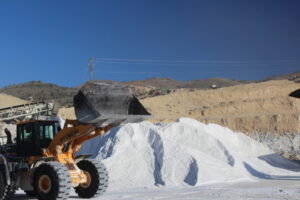
Anhydrite and Dihydrate Gypsum

Limestone

Dolomitic Limestone
Macro and Micro Nutrients
Liebig’s Law of Minimum
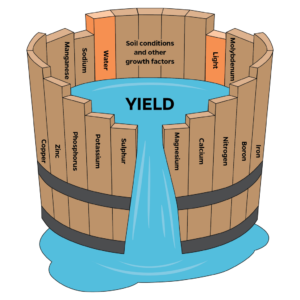
It states that growth is controlled not by the total originality applied to plant growth, where it was found that increasing the amount of plentiful nutrients did not increase plant growth.
News
Subsurface drip irrigation delivers dairy effluent
A subsurface drip irrigation system that handles [...]
Less fertilizer needed for cereal crops
Nitrogen is key to plant growth, and [...]
Key ingredients for producing a big soybean crop
Early planting wasn’t an option for many [...]
Record-breaking yield winner announced in National Wheat Yield Contest
The National Wheat Yield Contest (NWYC) has [...]
Combat wily weeds with an integrated approach
Cover crops can play a key role [...]
Sorghum Producers to Lead $65 Million USDA Partnerships
The most important aspect of any program [...]
New Commercial HLB Detection Response Guide
The Response Guide for a Confirmed HLB [...]
Table grapes now a ‘staple item’ for consumers
83 percent of shoppers purchased grapes within [...]
Growers can take steps to manage limited water supplies
Growers can adjust their strategies for irrigating [...]
Planting green increases soil health
Cover crops, winter cereal forages such as [...]




